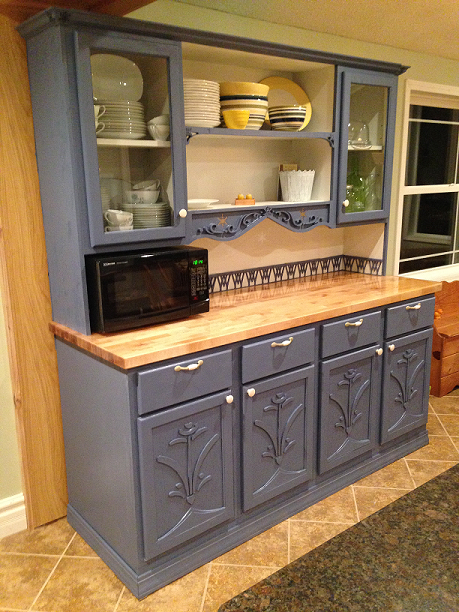We’re super curious how much exposure you all have had with fabrication tools, which leads me to our next QOTD:
Tell us about your previous experience with fabrication tools and how do you feel about them? Talk about any building/crafting/making tools you love, but we’re particularly interested in computer controlled tools (CNC mills, 3D printers, laser cutters/engravers, desktop cutting devices like Cricut, etc).
As usual, I’ll kick things off.
On the computer-driven side, I’m relatively new to the game. Like any card-carrying designer-geek, I got excited about 3D printers when they hit the consumer scene a few years ago and quickly lost interest. The results just weren’t pretty or useful enough to motivate me to get better at CAD. 14ish months ago, I met and fell in love with laser cutters (Dan introduced me to his). I joined a Makerspace and kept trying (with a RedSail Laser), but I was pretty frustrated. The software was bad, many projects failed, I couldn’t use a Mac, there was a ton of trial and error (with material waste), etc. Still, I made a few things I was proud of. Since then I’ve used lasers almost daily (an old laser at work and increasingly, a Glowforge!). I’ve played a bit with a Cricut and Silhouette just to see how they work. I’ve never used a CNC mill, but we have a big one and an OtherMill at the office. I’ve only dabbled in electrical/mechanical stuff.
On the analog side– I’ve helped a friend build a cabin in Alaska, have remodeled what started as a truly awful house in Seattle (I love tiling!), and I’ve built a bunch of custom furniture and shelving (you can see some of my work here). I have a deep love for my router, chop-saw, and table-saw and I wish I was smarter about stains and varnishes. My wife occasionally asks me to build chicken coops and bee boxes for our little urban farm.

